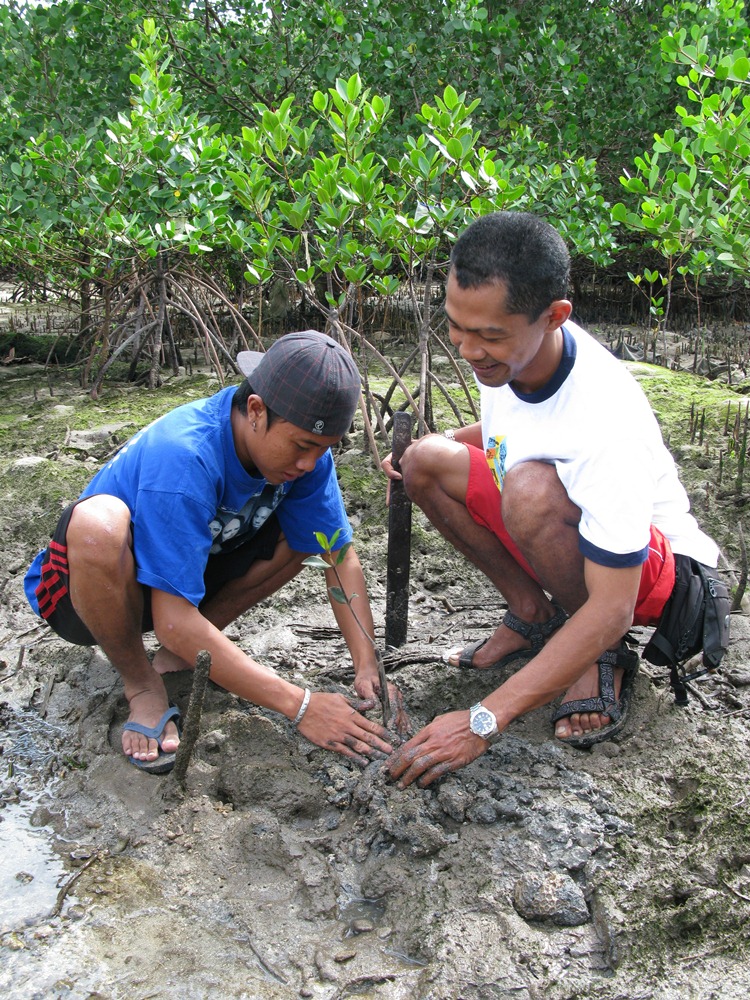Fishing Line Recovery Program and Blue Flag
Boat 'Whale Whisperer' (© Dyer Island Cruises)
Volunteers Collecting Fishing Line
DICT in association with the Overstrand Municipality established the Fishing Line Recovery Program along the Gansbaai shoreline. By increasing public awareness about the negative impacts that fishing line debris has on marine life, water quality, and human welfare, we reduce the amount of fishing line entering and remaining in the sea, and increase recycling of fishing line. A network of fishing line recycling bins has been placed at local beaches and popular fishing spots. This project has become an icon for marine litter and the Trust is part of a Technical and Advisory Committee addressing marine pollution. The vision is to see this project grow along the South African Coastline. In October 2011, part of this vision was realized when together with WESSA (Wildlife and environment Society of South Africa) and the Blue Flag Beach Program, the bins were being placed adjacent to all Blue Flag beaches. Blue Flag is one of the most well-known international voluntary eco-labels for beaches, marinas and boats. In 2013, for the first time, marine protected areas (MPAs) were included in the International Blue Flag Criteria. Whale Whisperer, a whale watching boat has Blue Flag status and was the pilot Blue Flag boat in South Africa.
o Successful commercial business
o Support of clients, local government and the Blue Flag program
The Trust has greatly benefited from its approach to involving, then working closely with the Overstrand Municipality and gaining their support. This was one of the foundations to receiving further financial support through a donation from the Southern African Plastic Pipe Manufacturers Association and DPI Plastics, arranged by John Kieser of Plastics SA. The material was enough to make 100 bins – 54 dedicated to the Blue Flag program. The low cost of only R350 per bin, provides an easy way for any individual willing to support this project, which has added a crucial element in enabling its growth and the development of marine pollution educational materials.
Local authorities around the world report a number of spin-offs from being awarded Blue Flag status, including an increase in visitors, improved behaviour on the part of beach-goers, property prices rising for homes near Blue Flag beaches – and visitors enjoying a well cared-for and managed beach.
